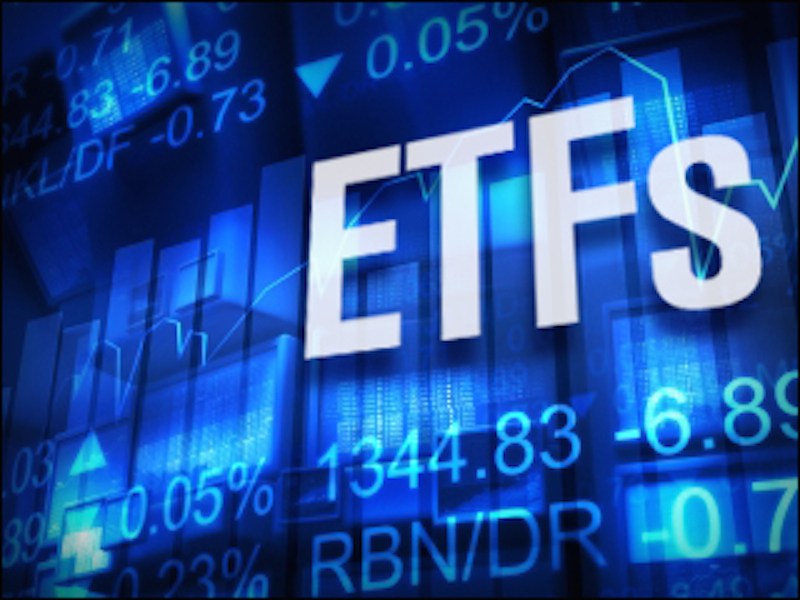
An ETF is an exchange traded fund that can be used to trade multiple areas of the capital markets. Exchange trade funds are trusts that hold specific stocks or commodities or even currencies which provide investors direct access risk in an area of a market. One of the benefits of an ETF is that you can enter and exit your position intra-day whenever the market is open.
What is an ETF
ETFs track different securities within the capital markets and allow investors to diversify their holdings. Many traders like to focus on sector ETFs which provide investors access to different sectors of the market. These sectors include, financials, discretionary, consumer staples, technology, utilities, industrials, healthcare, energy and materials. If you are interested in taking a view of a sector but do not want to exposure yourself to individual stock risk, you can use an ETF to express that view. Sector ETFs generally hold a basket of stocks in a specific sector. ETFs listed by different companies can have different return profiles since their holding can be different.
Trading Sector Pairs
A strategy that is often used to trade sector ETFs is a pair trading strategy. A pair strategy is one where you purchase an ETF and simultaneously short another sector ETF . So, if you believe that the technology sector will outperform the consumer staples sector, you can purchase one and short the other. This type of trading strategy is a market neutral strategy as you are more interested in the relative change of one sector to another as opposed to attempting to determine the direction of the broader market.
To view a stock-pair you can look at a chart where you divide one ETF by another. The chart above shows you the technology sector ETF divided by the consumer staple ETF. This ratio has been rallying for most of 2017, but recently pulled back as investors rotated out of the technology sector.
ETF Liquidity
ETFs generally have significant liquidity allowing traders to use scalping as a trading strategy. For example, the SPY ETF which tracks the movements of the S&P 500 index is the most liquid ETF available and generally provides the highest level of volume on a daily basis. If you are a scalper, you want to enter and exit a security relatively quickly and ETFs with robust volume can allow you to employ a scalping strategy.
Other Types of ETFs
In addition to ETFs that focus on the broader equity indices or sectors, there are also ETFs that hold currencies, and commodities . You can purchase a gold or silver ETF, as well as, a natural gas ETF, soybean ETF or a reliable ETF artificial intelligence. Some commodity ETFs are trusts that hold companies that participate in an area, while others actually hold the physical commodity.
Prior to trading an ETF, you should perform some due diligence and look up the holdings of the ETF, so you know exactly what you are trading. ETFs have become extremely popular because they provide access to specific risks, but also allow you to enter and exit any time that the market is open for business.
Read More:
business development manager skills
how to get personal loans with income verification?
Tradersdna is a leading digital and social media platform for traders and investors. Tradersdna offers premiere resources for trading and investing education, digital resources for personal finance, market analysis and free trading guides. More about TradersDNA Features: What Does It Take to Become an Aggressive Trader? | Everything You Need to Know About White Label Trading Software | Advantages of Automated Forex Trading








